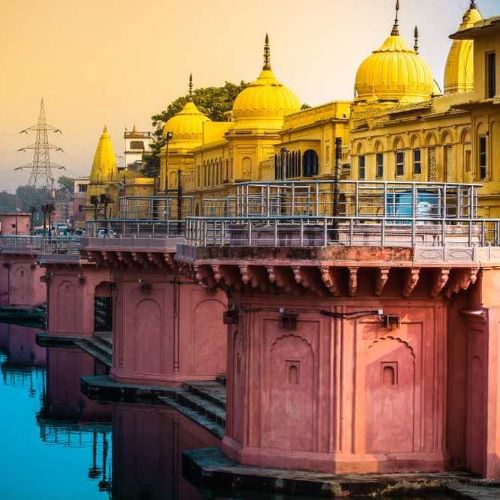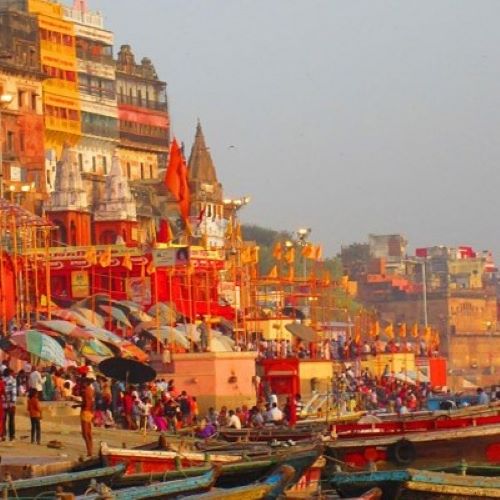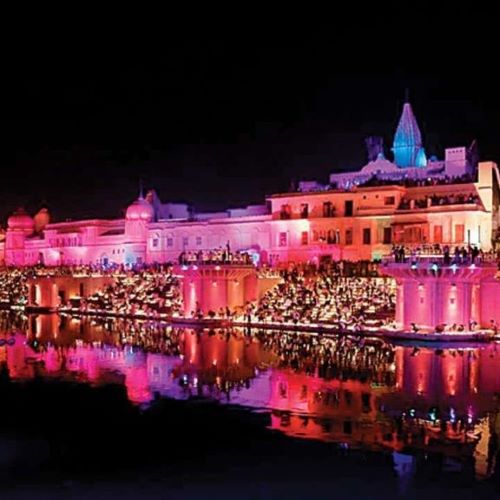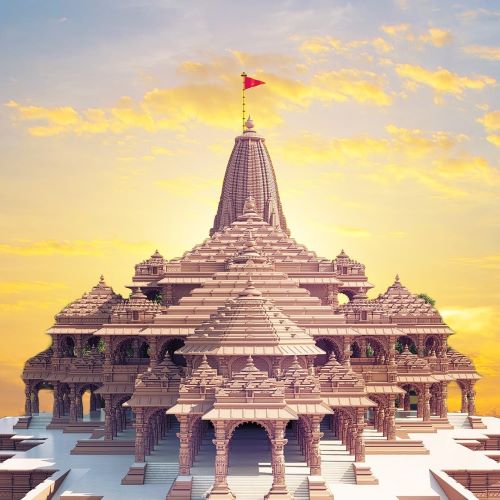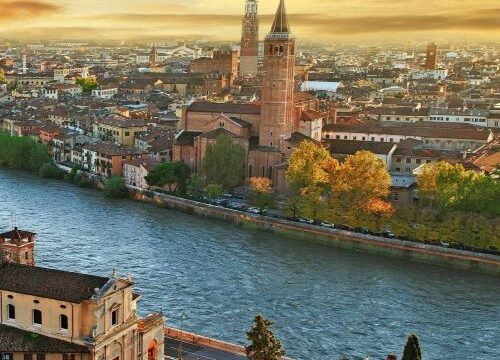Ayodhya Tour
Explore Tours
Ayodhya, located in the northern Indian state of Uttar Pradesh, is one of the major pilgrimage sites for Hindus. This ancient city, situated on the banks of the Sarayu River, is revered as the birthplace of Lord Rama, the seventh incarnation of Lord Vishnu, according to Hindu tradition. Ayodhya’s rich religious, historical, and cultural heritage makes it a major attraction for tourists and pilgrims from around the world.
Ayodhya pilgrimage is a holy pilgrimage to Ayodhya, the birthplace of Lord Ramacandra, to have darshan at the new Ram Janmabhoomi or the Rama Lalla temple. Ayodhya and Naimisharanya are mentioned as auspicious places for pilgrimage in most of the Puranas. Ayodhya is one of the Sapta Moksha Puris and Naimisharanya is one of the eight places of self-realization (ashta svayam-vykta) on earth. Lord Sri Ramacandra chose Ayodhya as his birthplace. A grand temple is being built in Ayodhya to commemorate the birth of Sri Ramachandra.
Historical and Religious Significance
Ayodhya is deeply embedded in Indian mythology and history. It is prominently featured in the ancient Hindu epic, the Ramayana, as the birthplace of Lord Rama and the capital of his kingdom. The city is said to have been founded by Manu, the progenitor of mankind in Hindu belief, and has been a centre of learning and culture for centuries.
The Ram Janmabhoomi site in Ayodhya holds immense religious significance. It is believed to be the precise location where Lord Rama was born. For many years, this site has been a focal point of devotion and pilgrimage. The Ram Janmabhoomi temple, which is currently under construction, is set to become a major landmark, drawing even more devotees and tourists to the city. This temple is not just a place of worship but also a symbol of cultural and spiritual identity for millions of Hindus.
Major Attractions in Ayodhya
- The construction of the Ram Janmabhoomi temple is a historic and monumental project. Once completed, it is expected to be one of the largest Hindu temples in the world, attracting millions of visitors annually. The temple’s architecture, design, and spiritual ambiance will offer a unique experience for devotees and tourists alike.
- A prominent temple dedicated to Lord Hanuman; it is believed to protect Ayodhya. Located atop a hill, the temple provides a panoramic view of the city and is a must-visit for its religious importance and scenic beauty.
- Kanak Bhawan: –
- This temple is dedicated to Lord Rama and his consort, Sita. This place is famous for its beautiful architecture and calm climate. The idols of Rama and Sita are adorned with gold ornaments, making the temple a significant attraction.
- Built by Kush, the son of Lord Rama, this ancient temple is dedicated to Lord Shiva. It holds historical and religious importance and is a key site for pilgrims visiting Ayodhya.
- Sarayu River: –
- The holy river Sarayu is considered sacred by Hindus. Immersing in its waters is thought to cleanse the soul. The ghats along the river are bustling with activity, especially during festivals and religious ceremonies.
- This temple is said to mark the spot where Lord Rama performed the Ashwamedha Yagna. The ancient idols of Rama, Sita, Lakshmana, Bharat, and Shatrughna are believed to have been carved out of a single block of black sandstone.
Cultural and Festive Events
Ayodhya is vibrant with cultural and religious activities throughout the year. Major festivals such as Diwali, Ram Navami, and Dussehra are celebrated with great fervor and attract large crowds of pilgrims and tourists. Ram Navami, which marks the birth of Lord Rama, is the most significant festival in Ayodhya, featuring grand processions, religious ceremonies, and cultural programs.
Economic and Social Impact
Tourism in Ayodhya plays a crucial role in the local economy, providing livelihoods for many residents. The influx of pilgrims and tourists boosts the hospitality industry, including hotels, restaurants, and local shops The development of infrastructure and facilities that meet the needs of tourists will also contribute to the growth of the region.
The construction of the Ram Janmabhoomi temple is expected to further enhance Ayodhya’s status as a major religious tourism hub. It will attract not only devotees but also tourists interested in history, architecture, and spirituality. This increased attention will likely lead to further development and modernization of the city’s facilities and infrastructure.
Conclusion
Ayodhya, with its profound religious significance and rich cultural heritage, is a beacon of spirituality and devotion. The Ram Janmabhoomi temple’s development underscores its importance in Hinduism and promises to elevate Ayodhya’s status as a major pilgrimage and tourist destination. For visitors, Ayodhya offers a unique blend of spiritual enrichment, historical exploration, and cultural immersion, making it a must-visit destination in India.

